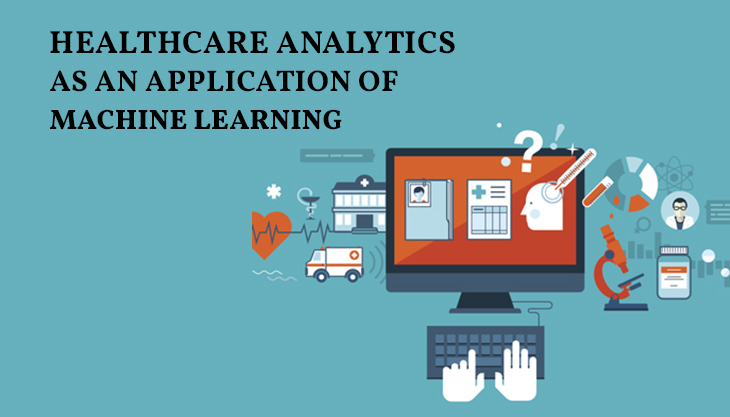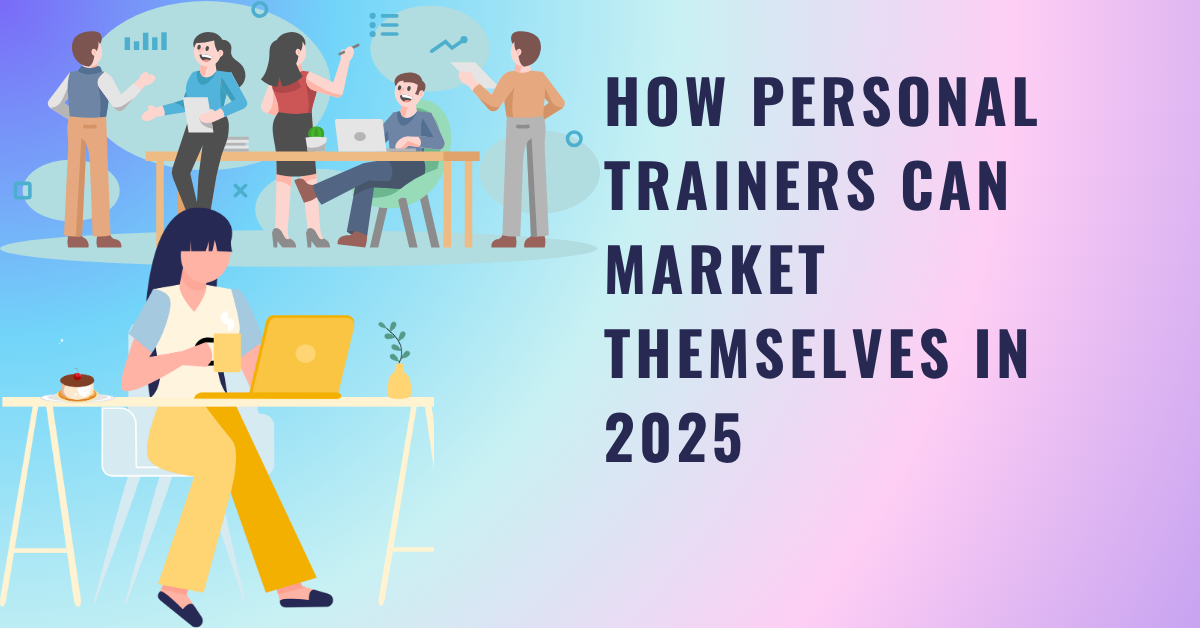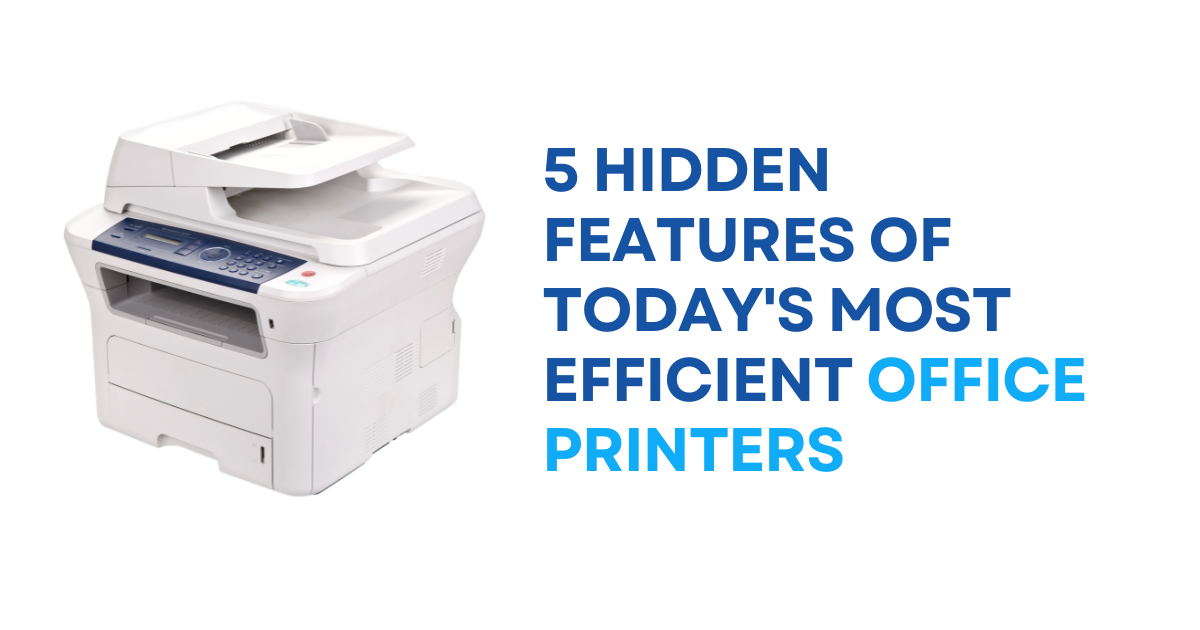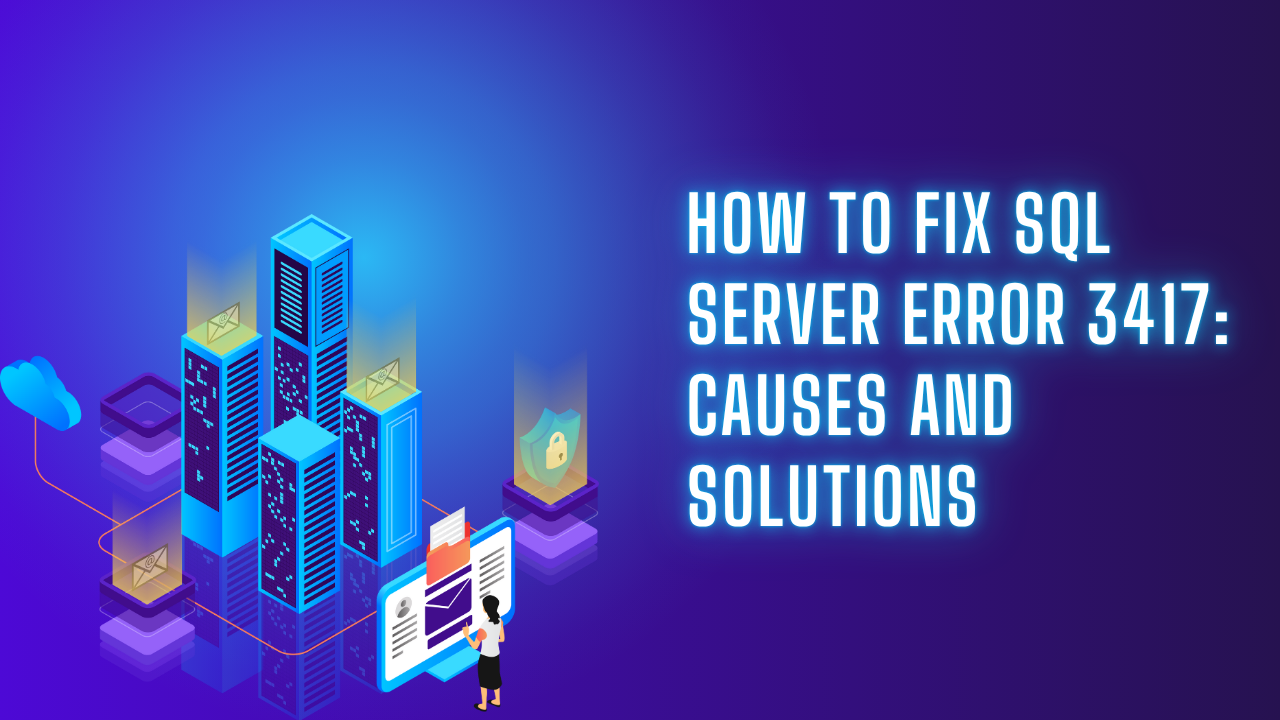Machine learning is being employed in many aspects of the healthcare industry, including the creation of better medical procedures, the management of patient records and data, and the treatment of chronic illnesses.
Healthcare organisations may utilise machine learning to improve operations, reduce costs, and meet expanding demand with the help of Machine Learning Companies.
Since digitization has swept over every industry, the use of machine learning in healthcare is nothing new. Data sharing, transmission, and acquisition are becoming more and more crucial.
Big data, machine learning, and artificial intelligence can all be used to address the issues that extremely large data sets may bring about as far as Healthcare analytics is concerned.
On the other hand, by identifying ailments early and delivering more tailored care, machine learning can assist practitioners in treating diseases more successfully.
In this post, we'll examine machine learning's fundamental ideas, applications in the healthcare industry, and a few apps that have already been created to address specific health problems. Using a Python machine learning model, our goal is to forecast calories burned by examining the calories burned dataset. From there, we will draw a number of insights that will enable us to comprehend the relative importance of each attribute and how they interact with one another.
In the 1950s, Artificial Intelligence (AI), a subfield of computer science that could produce intelligent machines, entered the scene. In essence, artificial intelligence may replicate human behaviour.
Machine learning (ML), which can learn on its own, entered the scene in the 1980s. While all AI qualifies as artificial intelligence, not all AI qualifies as machine learning.
Deep learning (DL), which debuted in the 2010s, now has sophisticated machine learning capabilities. A deep artificial neural network is another name for it. Deep comprehension is also described as having the capacity to enable computers to learn without the need for any programming.
Machine Learning Methodologies:
1. Supervised Education
Let's look at an illustration to better comprehend this algorithm. As a little child, picture yourself travelling somewhere with your parents in a car. Imagine that you have seen some trees outside your window and you ask your parents, "Which tree is that?" since you are unable to identify the tree. Your parents will then inform you that this tree is a mango tree. Your parents would always show you different kinds of trees throughout your journey in order for you to get better at it.
Your parents will test your ability to identify trees on the way home and will ask you to specify the sort of tree. They then clarify whether it is right or wrong for you. When you make a mistake, you request the correct response.
After reviewing the solutions, make sure you don't make the same error again. This enhances your capacity for problem-solving. As a result, you are able to identify tree species that your parents are not familiar with.
Algorithms for supervised learning function in this way. You must give your model labelled input before determining if it is able to recognise objects correctly or not.
2. Unsupervised Education
In the case of unsupervised learning algorithms, your model receives NO tagged input. The algorithm develops knowledge on its own. The algorithm will find recurring patterns in the input data and sort the data into related categories based on those patterns.
The GIF seen above is a great illustration of unsupervised learning, where the robot picks up knowledge on its own and draws conclusions. From the input images, the robot will recognise animals that exhibit a consistent pattern and group them together.
3. Reward-Based Learning
A subset of machine learning is reinforcement learning. By carrying out certain behaviours and seeing the rewards or results it obtains, an agent can learn how to behave in a specific environment.
Let's use the Mario video game as an illustration. As an illustration, suppose our reinforcement learning bot is teaching itself how to play Mario. You probably played the Super Mario Game as a kid, and if you did, you already know how challenging it is.
What if I told you that a computer could figure out how to win the game without being aware of every rule? The machine will independently learn the first level of the game without our assistance. The iterative loop that characterises the reward-based learning process is as follows.
Mario has the ability to move and jump both left and right. However, if Mario touches the monster, he will receive a negative reward and lose his gun powder. The same thing happens if Mario leaps on the flower.
Mario will learn using a method known as reward-based learning by receiving both negative and positive rewards.
4. Healthcare Application of Machine Learning
Machine learning strives to increase the profitability, effectiveness, and dependability of machines. On the other hand, a healthcare system's machine learning tool is the doctor's expertise.
This is something that neither machine learning nor any other technology can replace because a patient always needs human touch and care. A more effective service can be offered by an automated device.
Top 5 Healthcare Machine Learning Applications in 2022
With the broad adoption of smart medical devices, technology-enabled healthcare is already a reality. The future of AI in healthcare is quite promising because the healthcare sector encourages innovation.
Google has already released an algorithm that successfully detects cancer in mammograms, while Stanford University researchers are using Deep Learning to detect skin cancer.
Processing tens of thousands of distinct data points, accurately anticipating risks and outcomes, and many other tasks are handled by artificial intelligence.
1. Detection of the disease and diagnosis.
It is appropriate to begin with this idea because ML is excellent at diagnosis—in fact, this is one of its strongest suits. There are many difficult-to-diagnose cancer and genetic illnesses, but ML could treat many of them in the early stages. A good illustration of such is IBM Watson Genomics.
This project assists in making a speedy diagnosis by fusing cognitive computing with genome-based tumour sequencing.
A realistic approach to implementing AI to enhance diagnosis and treatment in conventional hospitals is being developed by P1vital under the name PReDicT (Predicting Response to Depression Treatment).
2. Health statistics are improving.
Even with all these advancements in technology, maintaining health records is still a hassle. While it is faster now, it still takes a lot of time. Vector machines and ML-based OCR recognition methods could be used to categorise records. The best examples of such are MathWorks' ML handwriting recognition technology and Google's Cloud Vision API.
3. The diabetic prognosis.
One of the most prevalent and severe diseases is diabetes. In addition to harming one's health on its own, it also contributes to the development of numerous other severe ailments.
Diabetes mostly harms the heart, kidneys, and nerves. Diabetes could be detected relatively early thanks to machine learning, potentially saving lives.
A system that predicts diabetes could be created using classification algorithms like KNN, Decision Tree, and Naive Bayes as a foundation. In terms of performance and calculation time, Naive Bayes is the best option.
4. The prognosis of liver illness.
One of the key roles in metabolism is played by the liver. It is susceptible to conditions like cirrhosis, liver cancer, and chronic hepatitis.
Although analysing vast amounts of medical data to accurately forecast liver disease is a highly challenging endeavour, there have already been some notable changes in this field.
The key here is provided by machine learning methods like classification and clustering. This work could make use of the Indian Liver Patient Dataset (ILPD) or the Liver Disorders Dataset.
5. The greatest treatment.
Machine learning at the first stages of drug discovery for patients is an excellent application. Microsoft's Project Hanover, which attempts to develop individualised medicine combinations to treat Acute Myeloid Leukaemia, is now leveraging AI-based technology.
The most significant benefits of machine learning in healthcare are its remarkable capabilities to filter and classify health data, as well as speed up clinical judgments made by doctors and any types of forecasts that might save lives or simplify operations (e.g., the prevention of hypoxemia during surgery).
That alone seems like a lot. The most valuable item is without a doubt human life. ML in Healthcare currently offers technologies that directly influence the future of both advanced medical diagnostics and of medicine.
Machine learning for health care can take the entire system to a newer, brighter and precise future!

















Post Comments